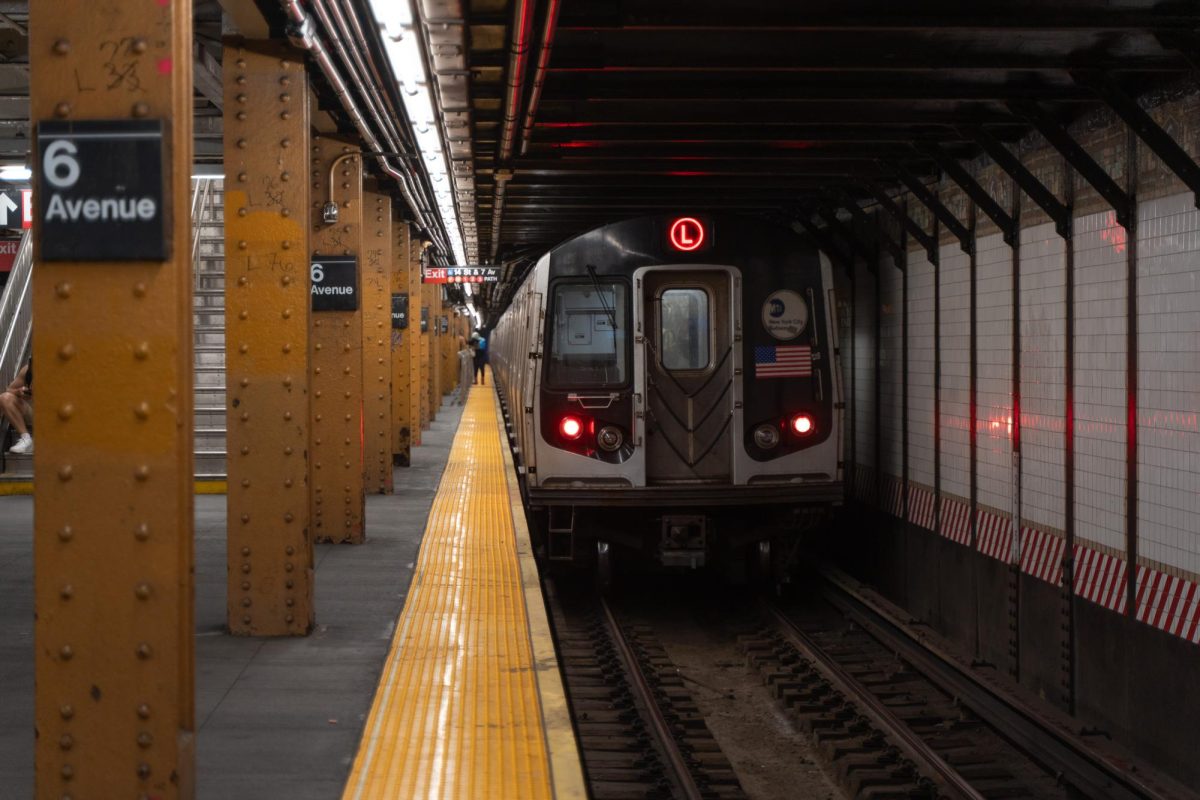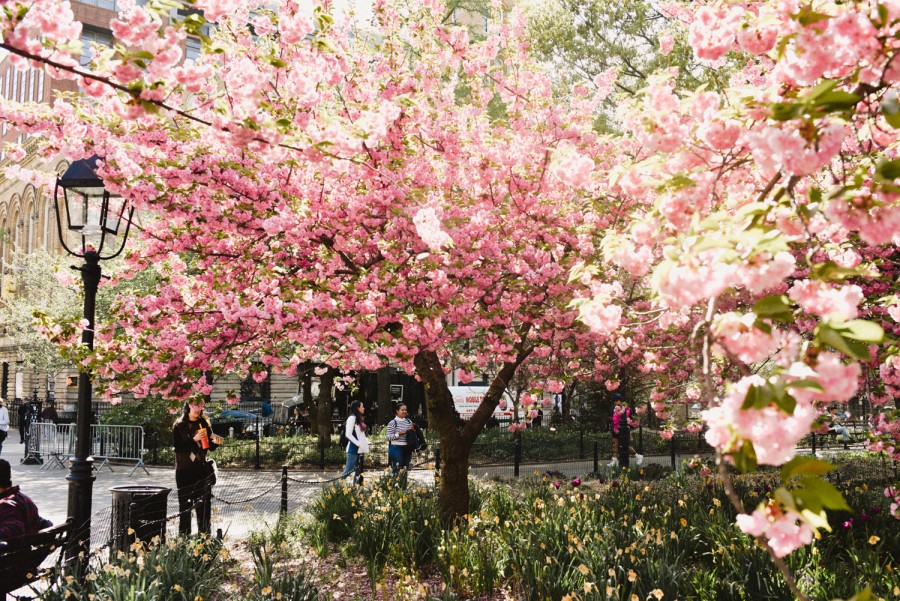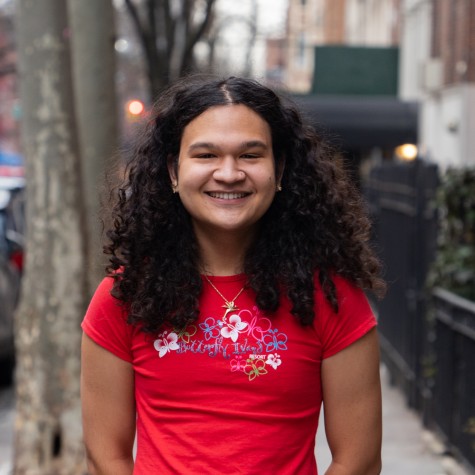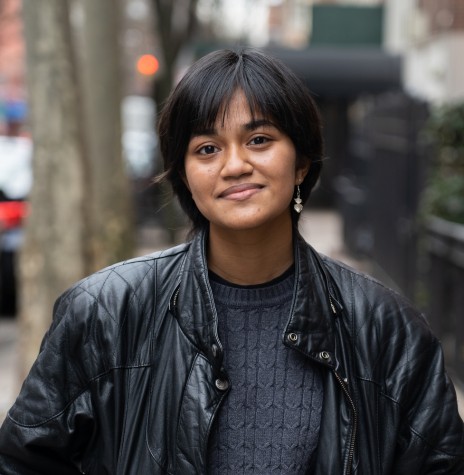‘The People’s Park’: Washington Square Park’s springtime splendor
A member of the nonprofit group that supports the park shares insights about how they preserve the park’s beauty amid the changing seasons.
(Derek Kamakanaaloha Soong for WSN)
April 18, 2023
The unpredictable nature of spring only makes the arrival of hot, sunny days an even more joyous occasion. Accompanied by the blossoms and blooms of the season, there’s no better place in Lower Manhattan to bask in the warmth and admire the beauty of flowers than Washington Square Park.
For NYU students, including myself, the spring flowers serve as a dedication to the changing of seasons, a rejoice of surviving the winter and the anticipation of summer. If you’re looking for me during the last weeks of the spring semester, you’ll find me nestled under a magnolia tree.
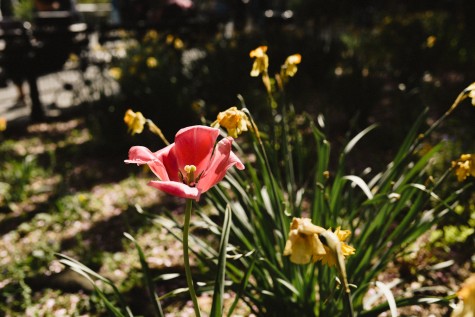
For over a decade, the Washington Square Park Conservancy has been responsible for maintaining the park’s flora and grandeur. In emails with WSN, Community Relations Director Grace Harman spoke about the organization’s efforts to ensure spring at NYU’s unofficial quad is as vibrant and beautiful as ever.
“We like to call Washington Square Park the People’s Park,” Harman said. “Because of the density of usage in a relatively small space, but also because of the diversity and vibrancy of the people enjoying it.”
The conservancy not only provides grants to fund the park’s full-time gardeners and maintenance staff, but also to five additional seasonal staff that help as foot traffic increases during warmer parts of the year. In addition to purchasing plants, tools and other gardening materials necessary to keep things blooming beautifully, maintenance staff pick up litter, wash the sidewalks and clean bathroom facilities.

When asked to choose a favorite among the plants maintained by the conservancy, Harman couldn’t pick just one. But she did express a particular fondness for the pollinator-friendly varieties that the conservancy has prioritized planting. Recently, they’ve added black-eyed Susans and coneflowers, both native species that are crucial to the local ecosystem.
“There is a great variety of flowering plants and trees in the park,” Harman said. “A few particularly stunning ones are the crabapple trees, the Yoshino cherry trees, the Kwanzan cherry trees, the star magnolias and the saucer magnolias. For flowers, there’s obviously the daffodils and tulips, but you’ll also see grape hyacinth and glory-of-the-snow.”
While you may not find violets aplenty in Washington Square Park, the ones that are present aren’t planted deliberately, but mixed in accidentally with purchased materials. But for those looking for purple in the park, there’s the darker hue of the tulips, grape hyacinth and glory-of-the-snow. Harman says that later in spring, we’ll see lighter purple catnip and alliums appear in the park.
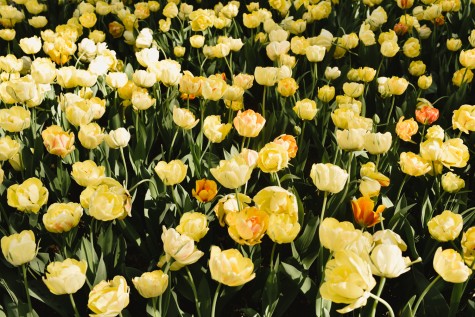
Along with flowering beauties, the park’s other plants hold historical significance. Harman says the large English elm tree in the northwest corner of the park is not just the oldest tree in the park, but likely the oldest in all of Manhattan.
“When NYC Parks last inspected it in March, the tree was still growing at [approximately] 340 years,” Harman said. “You may have heard the tree referred to as the ‘hangman’s elm’ but that’s actually a gruesome and unearned nickname for the beautiful tree. There are zero public records of it ever being used for executions. The rumor was likely born from the tree’s proximity to the potter’s field that inhabited the space prior to the park, however during that time period, the tree stood on private property.”
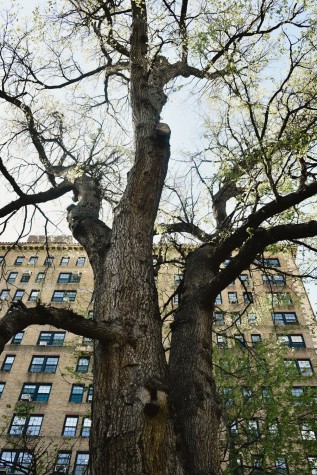
Anyone interested in volunteering at the park can participate in the Earth Day Clean Up happening on April 22. There are also community clean-up events scheduled for the second Saturday of each month.
“It’s wonderful to see the lawns full of people relaxing, and of course it’s always very crowded under the flowering trees,” Harman said. “While it’s beautiful in every season, WSP is particularly breathtaking in spring. And it’s lovely to see everything come alive after winter.”
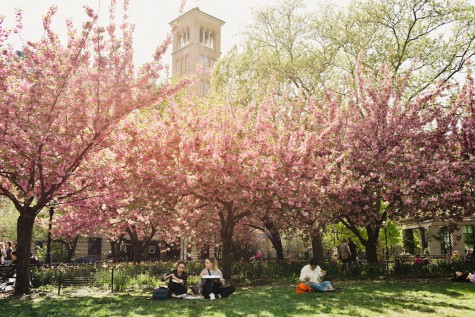
Contact Derek Kamakanaaloha Soong at [email protected].













